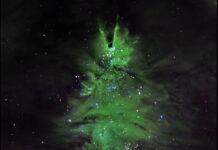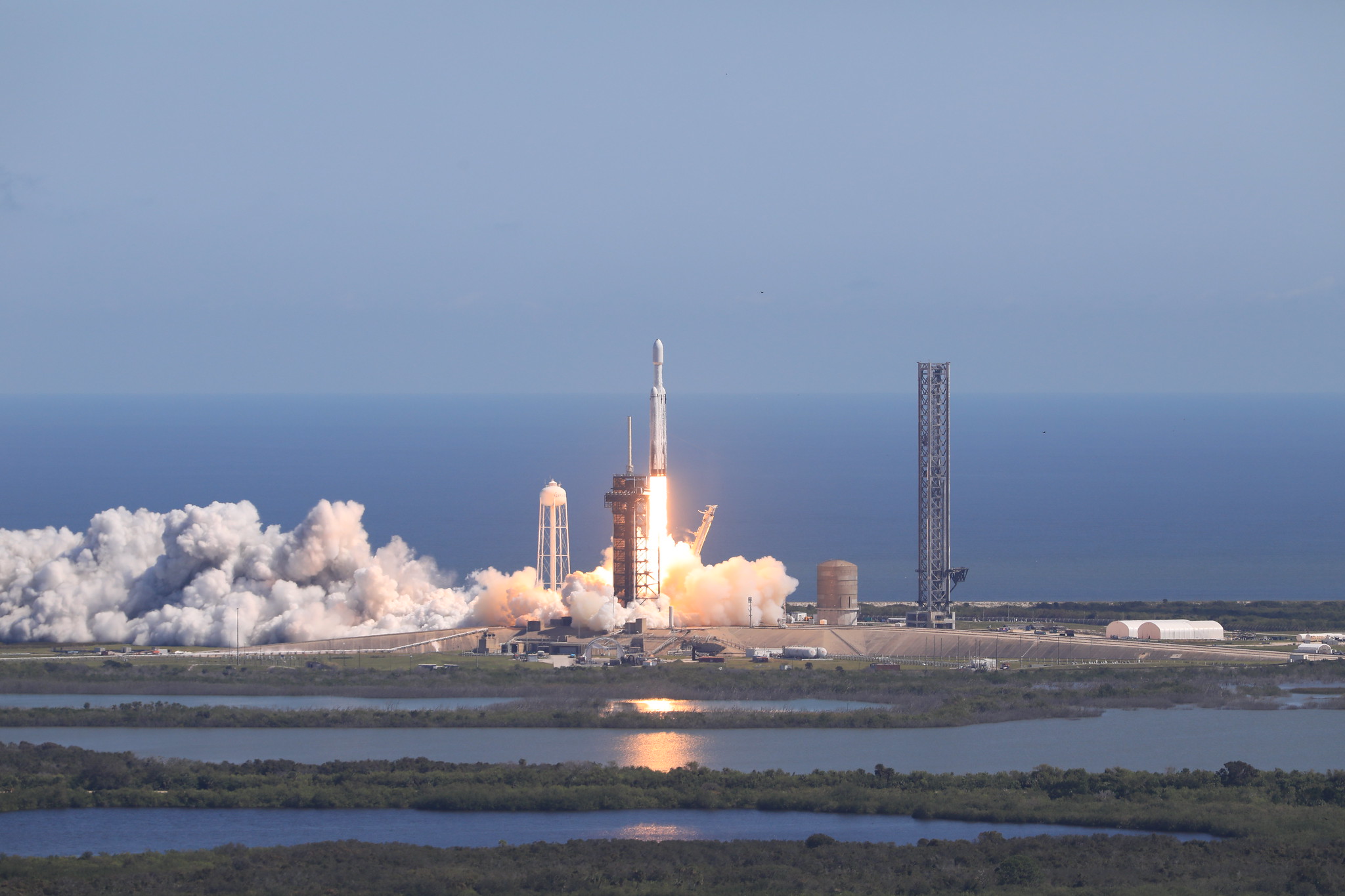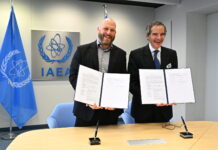NASA’s Europa Clipper Mission: A New Era of Exploration
NASA’s highly anticipated Europa Clipper mission has officially commenced its long journey to Jupiter, marking a significant milestone in space exploration. The spacecraft was successfully launched at 12:06 p.m. EDT on a Monday from Launch Pad 39A at NASA’s Kennedy Space Center in Florida, using a SpaceX Falcon Heavy rocket. This mission is set to explore Europa, one of Jupiter’s intriguing moons, which is believed to harbor a vast ocean beneath its icy surface—an ocean that might possess the right conditions to support life.
A Groundbreaking Mission to an Ocean World
The Europa Clipper mission is not only the largest spacecraft NASA has ever constructed for a planetary mission, but it also represents the first dedicated NASA mission to study an ocean world beyond Earth. The spacecraft will embark on a 1.8 billion-mile journey, leveraging a series of gravity assists to propel itself toward its destination. It will first swing by Mars in four months and then return to Earth for another gravity assist in 2026. After its gravity-assisted trajectory, the spacecraft is expected to begin orbiting Jupiter in April 2030. During this phase, it will conduct 49 flybys of Europa, gathering vital data about this enigmatic moon.
The Significance of Europa
Europa is approximately the same size as Earth’s Moon, but its internal structure is vastly different. Data from NASA’s Galileo mission in the 1990s provided compelling evidence that beneath Europa’s icy crust lies a massive ocean, potentially containing more water than all of Earth’s oceans combined. Scientists are particularly interested in this ocean because it may contain organic compounds and energy sources necessary for supporting life.
The primary goal of the Europa Clipper mission is to determine whether Europa’s environment could be habitable. If the mission finds that Europa has the right conditions to support life, it could imply that habitable worlds are more common in our solar system and beyond than previously thought.
NASA Administrator Bill Nelson expressed his excitement about the mission, stating, "Congratulations to our Europa Clipper team for beginning the first journey to an ocean world beyond Earth. This mission is a testament to NASA’s leadership in exploration and discovery. By exploring the unknown, Europa Clipper will help us better understand the potential for life not just within our solar system, but among the billions of moons and planets beyond our Sun."
The Journey Begins
Approximately five minutes after the launch, the rocket’s second stage ignited, and the payload fairing, which protects the spacecraft during the ascent, was jettisoned to reveal the Europa Clipper. About an hour after liftoff, the spacecraft successfully separated from the rocket, and ground controllers established two-way communication with NASA’s Deep Space Network facility in Canberra, Australia, by 1:13 p.m. Initial telemetry reports indicated that the spacecraft was in good health and operating as expected, much to the relief and celebration of the mission teams.
"We could not be more excited for the incredible and unprecedented science NASA’s Europa Clipper mission will deliver in the generations to come," said Nicky Fox, associate administrator of the Science Mission Directorate at NASA Headquarters in Washington. "Everything in NASA science is interconnected, and Europa Clipper’s scientific discoveries will build upon the legacy of our previous missions exploring Jupiter, such as Juno, Galileo, and Voyager, as we search for habitable worlds beyond our home planet."
The Quest for Life Beyond Earth
The mission’s scientific instruments are designed to gather comprehensive data on Europa. Europa Clipper is equipped with nine sophisticated science instruments and a gravity experiment. These include an ice-penetrating radar, cameras, and a thermal instrument designed to identify regions of warmer ice and any recent eruptions of water. These instruments will work collaboratively to provide insights into the moon’s icy exterior, thin atmosphere, and deep interior.
To power these instruments in the dim sunlight at Jupiter’s distance from the Sun, the spacecraft is equipped with the largest solar arrays NASA has ever used in an interplanetary mission. When fully extended, these solar panels span 100 feet, enabling the spacecraft to generate the energy needed to operate its systems. With a loaded weight of about 13,000 pounds, Europa Clipper represents a marvel of engineering and dedication.
In total, more than 4,000 individuals have contributed to the Europa Clipper mission since its formal approval in 2015. The project’s success is a testament to the collaboration and hard work of countless scientists, engineers, and mission planners.
"As Europa Clipper embarks on its journey, I’ll be thinking about the countless hours of dedication, innovation, and teamwork that made this moment possible," said Jordan Evans, project manager at NASA’s Jet Propulsion Laboratory. "This launch isn’t just the next chapter in our exploration of the solar system; it’s a leap toward uncovering the mysteries of another ocean world, driven by our shared curiosity and continued search to answer the question, ‘are we alone?’"
Europa Clipper’s Scientific Objectives
The Europa Clipper mission has three primary scientific objectives. First, it aims to determine the thickness of Europa’s icy shell and how it interacts with the ocean beneath. Second, it will investigate the moon’s composition. Finally, it will characterize Europa’s geology. These objectives are designed to deepen our understanding of the potential for habitable environments beyond our planet.
The mission is managed by Caltech in Pasadena, California, with NASA’s Jet Propulsion Laboratory leading its development in partnership with the Johns Hopkins Applied Physics Laboratory (APL) in Laurel, Maryland. The main spacecraft body was designed through collaboration between APL, NASA JPL, and NASA’s Goddard Space Flight Center in Greenbelt, Maryland, along with other NASA centers. The Planetary Missions Program Office at NASA’s Marshall Space Flight Center in Huntsville, Alabama, oversees the program management, with NASA’s Launch Services Program at Kennedy Space Center managing the launch services.
As the world watches the Europa Clipper’s journey, there is a collective hope that its findings will shed light on the mysterious ocean world of Europa and, perhaps, answer the age-old question of whether we are alone in the universe.
For more detailed information about NASA’s Europa Clipper mission, you can visit: NASA Europa Clipper Mission.
This mission represents a bold step into the unknown, promising to expand our understanding of the cosmos and inspire future generations of explorers.
For more Information, Refer to this article.


































